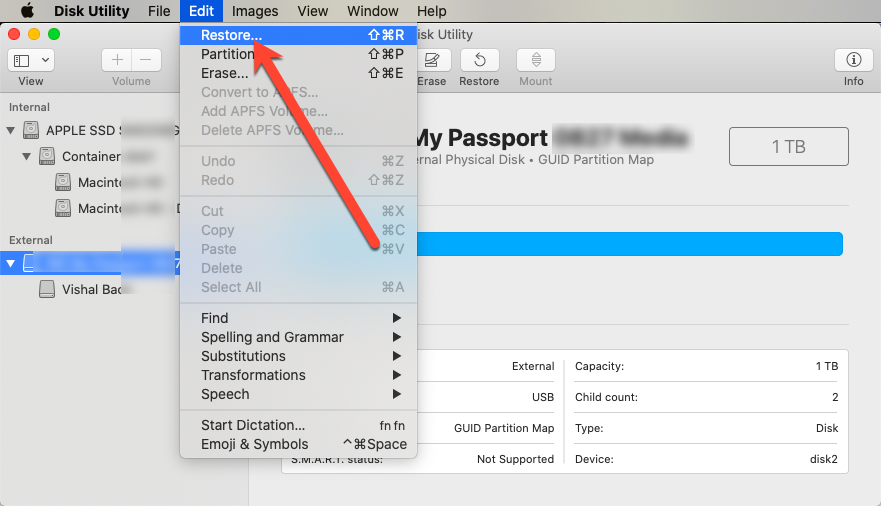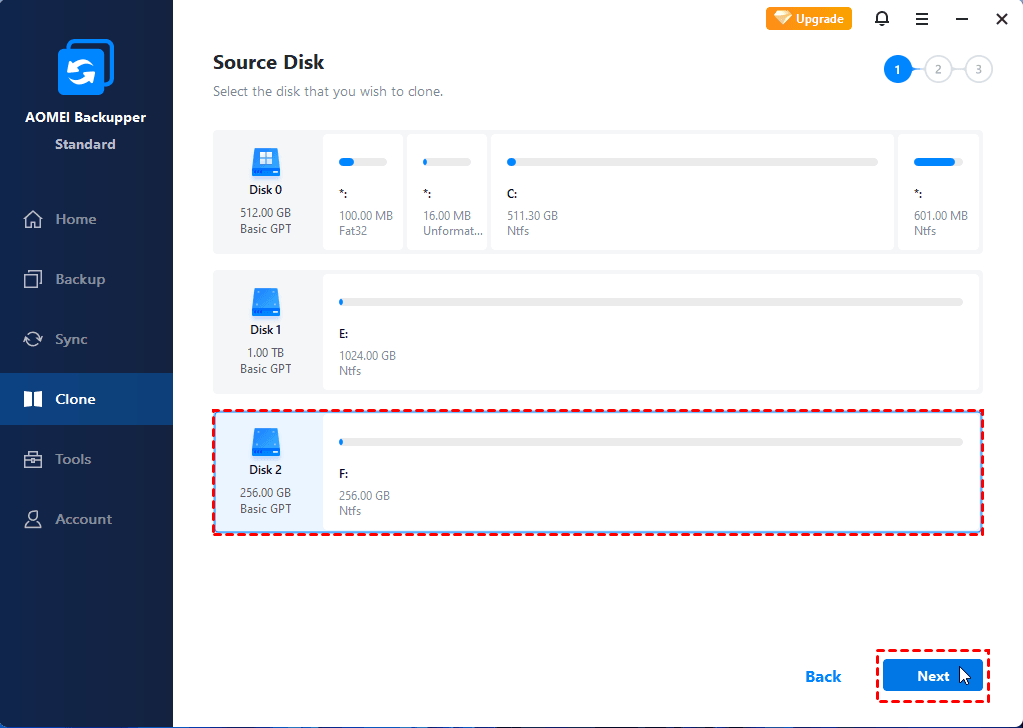


#How to copy your mac hdd to ssd license#
A lot of them license True Image from Acronis and you can use it with their drives for free. I greatly greatly prefer FOSS tools, but as far as I could find, none of them could do half the stuff that True Image did.Įdit: By the way, my advice to the OP, check the website of your drive manufacturer (either HDD or SDD) for cloning software. I don't have a lot of experience in this so maybe I'm wrong on a lot, just looking for clarification if anyone has some. It also could clone to a smaller drive (shrinking partitions if needed). I found that Acronis didn't copy exactly, it copied each partition over and 4k aligned them and also must have altered the MBR to account for this (otherwise it wouldn't have booted). Since as far as I could tell CloneZilla copied everything exactly, it didn't 4k align. When copying from an HDD to and SDD, most of the time the partitions will need to be realigned to new sectors. I was under the impression that CloneZilla cloned the drive exactly. Since you have experience with CloneZilla, here's something I could not figure out that maybe you can help me out with.ĭoes CloneZilla backup MBR/GPT? And can it alter the MBR/GPT? Can it copy partitions to different sectors, and can it copy from a bigger drive to a smaller drive? If you're working with the hardware containing your only copy of data, you're really playing with fire. defragment your HDD first - sequential reads are faster, although I think because it's doing it block-by-block it may not matter.You can always move data elsewhere, or use your HDD as a secondary drive, but make sure the data isn't present when you try to clone the drive. You just can't copy 300GB into 250GB of space. Because of the pricing at the moment, your SSD is most likely smaller than your HDD - so make sure that the space used on your HDD will fit within your SSD. Easiest way to clone is to copy a small HDD to a large SSD - that way, everything fits easily. check how the sizing of things works out.In most programs it's remarkably easy to swap the source and destination accidentally - causing you to overwrite all of your data with nothing. make sure you are copying from the old to the new.Only watched a few seconds of the vid because I'm on mobile, but I noticed that he was using an Acronis product - my personal preference is CloneZilla, but that's just me. HDDs need this because data is read via a sort of magnetic needle on a spinning disk, but SDD are solid state and thus don't benefit from defragmenting not only that, but defragmenting rewrites most all the data on the drive, which wears down the SDD's lifespan, and most modern OSs are set to automatically defrag any HDDs on a regular basis. If you are unaware, defragmenting is where the computer sort of reorganizes the data on a HDD so that all the related files are right next to each other on the physical hard disk rather than scattered across it, thus making the HDD faster to load that data. Generally the average SSD can last a decade of normal use, but this can be shortened a bit if the user/OS uses some poor practices, such as a lot of caching to the SSD, or more importantly defragmenting (which is probably the main change). I think the issue is SSDs can only have data rewritten so many times before bits stop working. Pick, Assemble and Install: Video Guide.No intentionally harmful, misleading or joke advice.No excessive posting (more than one submission in 24 hours).No selling, trading or requests for valuation.No self-promotion, advertising, begging, or surveys.No submissions about memes, jokes, meta, or hypothetical / dream builds.No submission titles that are all-caps, clickbait, PSAs, or pro-tips.

No submissions about retailer or customer service experiences.
:max_bytes(150000):strip_icc()/0012_how-to-upgrade-a-macbook-pro-with-an-ssd-5186494-daacea0ca3bf4a848306a3b6cdfc4bcc.jpg)


 0 kommentar(er)
0 kommentar(er)
